(Spoilers for Indiana Jones and the Dial of Destiny follow.) Dial of Destiny was not as good as the first and third films in the five-film franchise. But those two films are among the greatest of all time. And is Dial of Destiny as good as the second film, Indiana Jones and the Temple of Doom? And so much better than the fourth, Indiana Jones and the Kingdom of the Crystal Skull?
The answers are yes and yes.
Below are 12 takeaways from Dial of Destiny, from biggest to smallest.
1. Lucasfilm showed in Dial of Destiny how remarkable it’s de-aging now
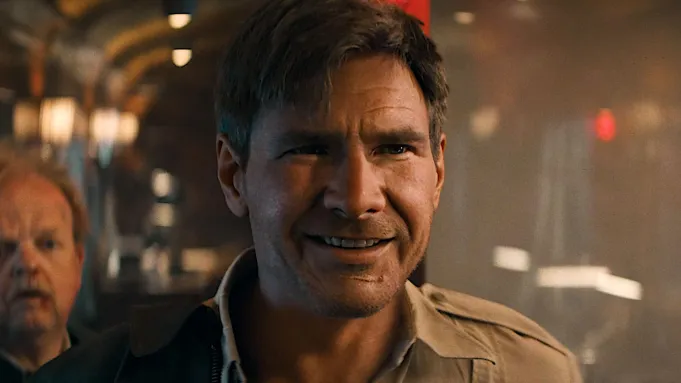
I wonder how much that can be chalked up to Lucasfilm hiring an individual who improved upon the studio’s de-aging of Mark Hamill for The Mandalorian season 2.
At any rate, the studio just keeps improving here, from Luke Skywalker in The Mandalorian season 2 to Luke in The Book of Boba Fett to Indy in Dial of Destiny. Especially considering how much a de-aged Harrison Ford was in the film. Those three productions have also seen their respective characters get more time as each subsequent production has been made, too.
A wide shot of the protagonist running on top of the train showed an Indy that looked really digitally artificial. Other than that, a major round of applause for all of Dial of Destiny‘s young Indy footage.
2. Indy staying in the past with Archimedes would have been preferable to Dial of Destiny‘s end
Though the ending we got was fine, I would have preferred that ending to Indy reconciling with Marion Ravenwood (Karen Allen), which is what happened. It would have been so poetic — the incredible archaeologist, a legend, living out the rest of his days in a past era he studied. Which is legendary.
Setting aside for a moment that films aren’t reality, the chances of Indy and Marion reconciling when there is divorce paperwork at hand aren’t good. Especially when you consider how rampant breaking up is.
And life is so hard that I support folks living in an era of time of their choice. Happiness is so difficult to maintain in life.
3. Indy’s smarts resulting in him realizing in Dial of Destiny that the dial would not lead to Nazi Germany was wonderful
Indy is more than an action hero. First and foremost, he’s a scholar. Thus, that Indy realized something that Dr. Jürgen Voller (Mads Mikkelsen) didn’t here is so in line with the character. And it’s beautiful to see a core characteristic of the protagonist figure into a seminal moment in the plot, during the film’s climax.
4. It was great that Dial of Destiny figured Nazis into the story again — to the extent that it did
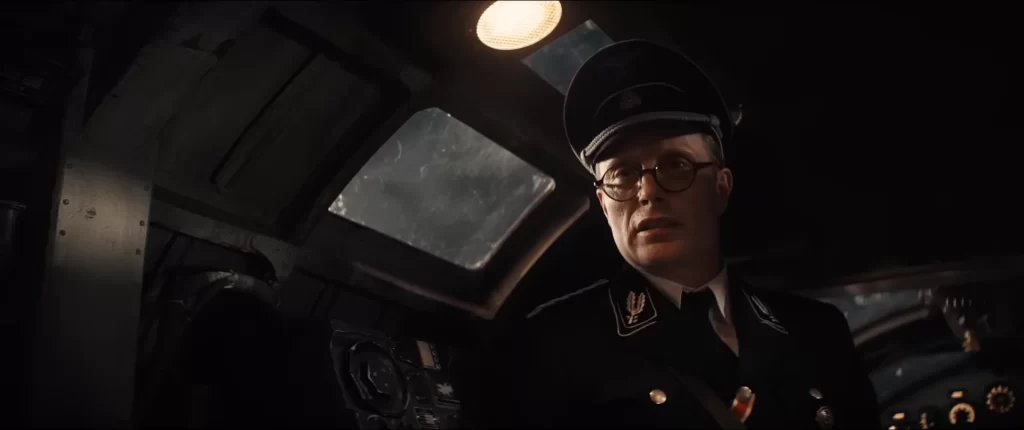
Seeing Indiana Jones fight Nazis is highly enjoyable. Steven Spielberg seemed to understand this when he returned to a story with a Nazi focus when directing the third film, Indiana Jones and the Last Crusade. Nazis were central to the first film, Indiana Jones and the Raiders of the Lost Ark.
That said, it also was great to have Nazis figure into the story again without having too much of that. Causing viewers to have the intrigue of returning to Nazi Germany before the time-travel plot twist both did two things. It avoided doing too much of what we’ve seen before while also tapping into a major Indiana Jones theme. Especially when you consider that so very much of the first act was Indy and Nazis in opposition to each other again.
5. ‘I’ve come to believe it’s not so much about what you believe; it’s how hard you believe it.’
Indy’s belief here seems to have some crossover with Joseph Campbell’s philosophy as expressed to journalist Bill Moyers in a production popularly known as The Power of Myth. Central to that philosophy is that our identities are the stories we tell each other, as Westworld co-creator Lisa Joy said.
And even more than that, it shows that things both great and terrible can result from how hard someone believes in something. It also makes me think that someone who believes in something that isn’t real can make more of an impact than someone who believes in something that is. The reason for that is because one is believing harder than the other.
6. The time travel plot twist was excellent
I smiled hugely when I realized that Indiana Jones was going to be among ancient Romans. And I thought, “We’re doing this. And this could go totally wrong. But I’m highly intrigued and it’s a storytelling risk worth taking.”
“Which I could go back on if it makes a second Indiana Jones film bad.”
7. John Williams did a fine job again
Another Lucasfilm production, another amazing John Williams soundtrack. And it was amazing without Williams revisiting much of the music from the past Indiana Jones films. It stands in contrast to how much he relied on a theme he composed previously (The Imperial March) in another Lucasfilm production (Star Wars: Episode III — Revenge of the Sith). (No complaints — just noting the difference.)
I enjoyed hearing Williams talk about the film at a concert in Los Angeles, Calif. at which he conducted. When doing so, he touted Phoebe Waller-Bridge’s performance as Helena.
8. Using Kingdom of the Crystal Skull as a springboard for conflict in Dial of Destiny? Brilliant
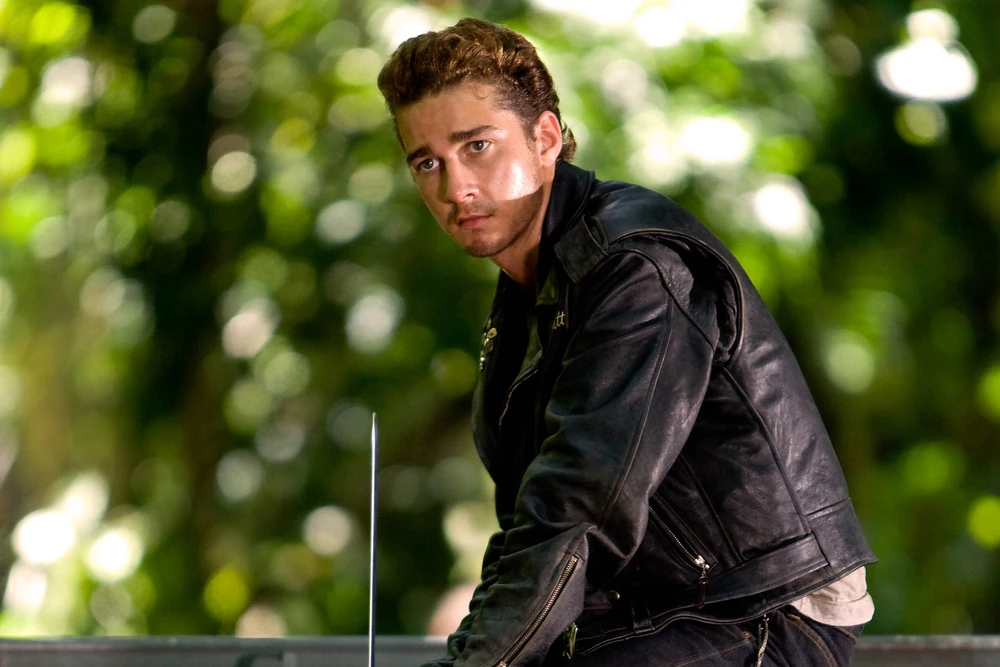
The film made amazing usage of a character in Mutt Williams (Shia LaBeouf) who wasn’t even in the film. And in a film that so many would rather forget. Which makes it even better how he was used in Dial of Destiny. (Not because he is dead. But because he was at the center of conflict for the protagonist.)
(Mutt was in Crystal Skull. His death resulted in Indy and Marion’s relationship falling apart.)
9. Given his age, any time Indy physically defeated someone in hand-to-hand combat was ridiculous
Dial of Destiny Director James Mangold and his team had a tough task here, however. That’s because Indiana Jones films are synonymous with action. They actually accounted for it quite well by having Indy be of fighting age for a good swath of the film.
10. Visuals in the parade scene were fantastic and beautiful
Especially the red, white and blue that fills theatre screens.
The New York City parade is recognizing mankind’s first trip to Earth’s moon.
Also, Indy riding a horse through the parade was awesome.
11. It was wonderful to see Sallah again
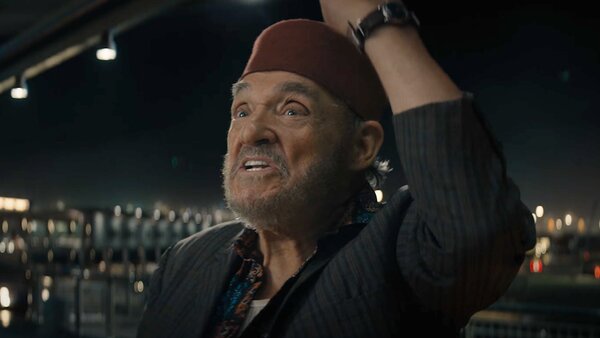
The man who played Sallah, John Rhys-Davies, refused to appear in Crystal Skull because it was only going to be a cameo. “It seemed to me that that would be a bit of a betrayal of the audience’s expectations,” he said. I would have loved seeing him, though Sallah is so beloved, understandably. He’s tremendously endearing.
And Sallah gets a speaking role in Dial of Destiny. I appreciated his enthusiasm and love of life.
12. Does Indy wear his hat when …?
Indy grabs his hat after he and Marion are feeling love for each other. Does Indiana Jones wear his hat when in more, er, exciting moments of his life than we thought?
Riding into the sunset
Dial of Destiny deserves three stars out of four. I’m so glad that the series could near-certainly end on a high note. (I was concerned given Crystal Skull.) My two favorite songs in all of music come from Raiders. And I remember as a child, loving seeing Indy share my relief at the end of his Disneyland ride. That image of the animatronic has stayed with me. I took an archaeology class my freshman year of college because I loved the first three films. And I got so thrilled in seeing Dial of Destiny posters on buses throughout Los Angeles prior to seeing the film.
And I remember exactly where I was and much of what I thought while seeing each film for the first time.
After seeing the film, I couldn’t stop thinking about Indy. Like I don’t doubt it did for so many of you, Dial of Destiny furthered an interest in a character that I have had since I was a tween. Should that be the ultimate measuring stick of the film?

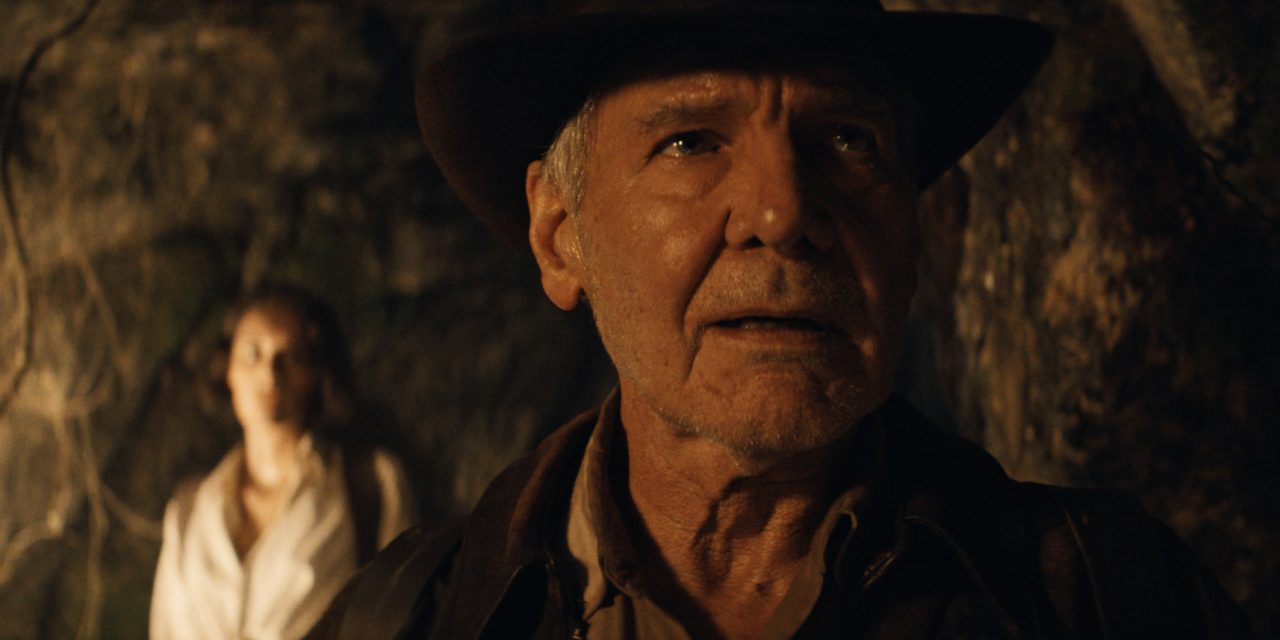

![The Mandalorian Season 3 Ep. 2: The Mines Of Mandalore [Review]](https://thathashtagshow.com/wp-content/uploads/2023/03/334458008_1206395129986592_3023521431302218345_n-440x264.jpg)

![The World According To Jeff Goldblum Season 2 Is Weird And Wonderful. [Review]](https://thathashtagshow.com/wp-content/uploads/2021/11/project_20211105_2313282-01-440x264.png)